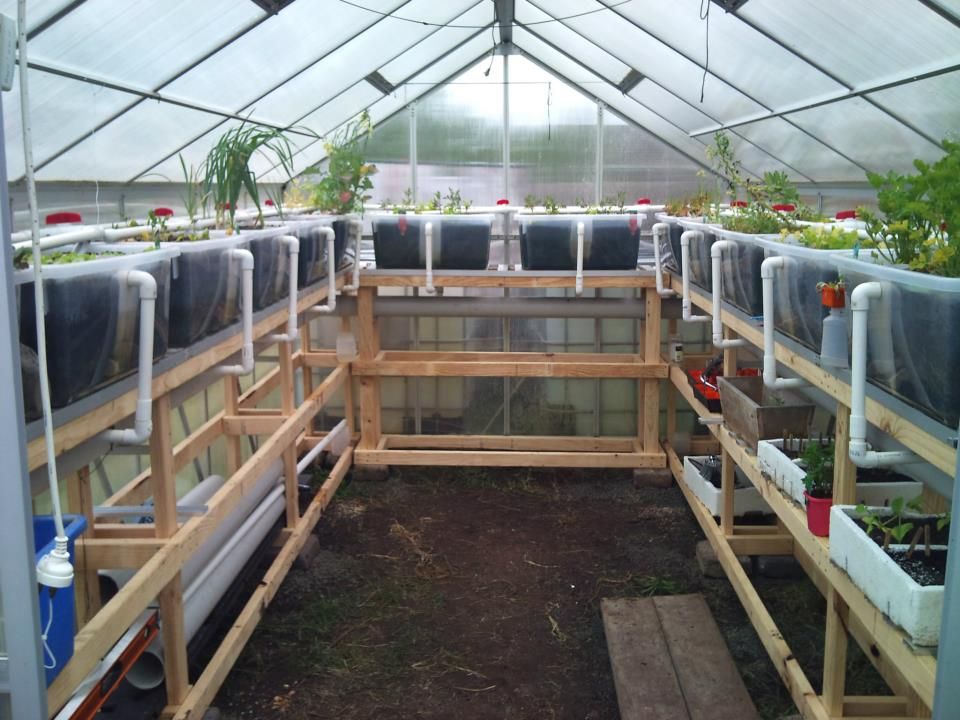Aquaponic Greenhouse Designs: The Future of Sustainable Farming
In recent years, there has been a growing interest in sustainable farming practices. People are becoming more conscious about the impact of traditional agriculture on the environment and are seeking alternative methods that minimize waste and maximize efficiency. One such method gaining popularity is aquaponics, which combines aquaculture (raising fish) with hydroponics (growing plants without soil). Aquaponic greenhouse designs offer an innovative solution to feed our ever-growing population while reducing environmental harm.
Traditional agriculture relies heavily on chemical fertilizers and pesticides, which can contaminate water sources and deplete soil nutrients over time. In contrast, aquaponics utilizes a closed-loop system where fish wastes provide essential nutrients for plant growth. This symbiotic relationship between fish and plants creates a self-sustaining ecosystem, eliminating the need for synthetic chemicals.
The concept behind aquaponic greenhouse designs is relatively simple. Fish tanks are placed below grow beds where plants grow hydroponically. The nutrient-rich water from the fish tanks circulates through the grow beds, providing plants with essential minerals. As the plants absorb these nutrients, they filter the water before returning it to the fish tank clean and oxygenated – creating a perfect cycle of life.
One of the key advantages of aquaponic greenhouses is their ability to produce organic food year-round regardless of climate conditions. By controlling temperature and humidity levels inside the greenhouse, farmers can create an optimal environment for both fish and plants to thrive even during harsh winters or scorching summers.
Furthermore, aquaponics significantly reduces water usage compared to conventional farming methods. While traditional agriculture consumes vast amounts of water due to evaporation and inefficient irrigation systems, an aquaponic system recirculates water within its closed loop design. Water losses occur primarily through transpiration by plants or through occasional top-ups due to evaporation or plant uptake. Consequently, this approach saves up to 90% of the water required for traditional soil-based farming.
Aquaponic greenhouses also offer a solution to land scarcity, a growing concern in many parts of the world. By utilizing vertical growing systems, farmers can maximize their yield per square foot. This means that aquaponics is an ideal solution for urban areas where land availability is limited. With multi-tiered grow beds, crops can be stacked vertically, allowing for high-density production and efficient space utilization.
In addition to providing fresh produce and fish, aquaponic greenhouse designs also contribute positively to the environment by reducing carbon emissions. Traditional agriculture relies heavily on fossil fuels for machinery operation and transportation of goods. In contrast, aquaponics eliminates the need for tilling soil or using heavy machinery while minimizing transport distances since food can be grown closer to consumers in urban areas.
While aquaponic greenhouse designs have numerous benefits, they are not without challenges. The initial setup cost can be higher than traditional farming methods due to specialized equipment such as fish tanks, pumps, filters, and grow beds. However, these costs are often recouped through lower operational expenses over time.
Another consideration when implementing aquaponics is maintaining a delicate balance between fish health and plant growth. Proper monitoring of water parameters such as pH levels and nutrient concentrations is crucial to prevent any imbalances that could harm either component of the system.
Furthermore, it’s essential that farmers have sufficient knowledge about both hydroponics and aquaculture before venturing into aquaponics. Understanding fish behavior and nutritional requirements as well as plant cultivation techniques will ensure a successful integration of both elements within the ecosystem.
Despite these challenges, aquaponic greenhouse designs hold tremendous potential for sustainable food production worldwide. As we face mounting concerns over climate change and dwindling natural resources like arable land and freshwater supplies, innovative approaches like Aquaponics provide hope for creating a more sustainable future.
In conclusion, aquaponic greenhouse designs offer an efficient and environmentally friendly method of food production. By combining aquaculture with hydroponics, these systems provide a self-sustaining ecosystem that minimizes waste and maximizes resource utilization. With their ability to produce organic food year-round, conserve water, utilize limited space efficiently, and reduce carbon emissions, aquaponics represents the future of sustainable farming. As we strive for a greener tomorrow, embracing innovative solutions like aquaponics will undoubtedly play a vital role in feeding our growing population while preserving the planet for future generations.


Leave a comment